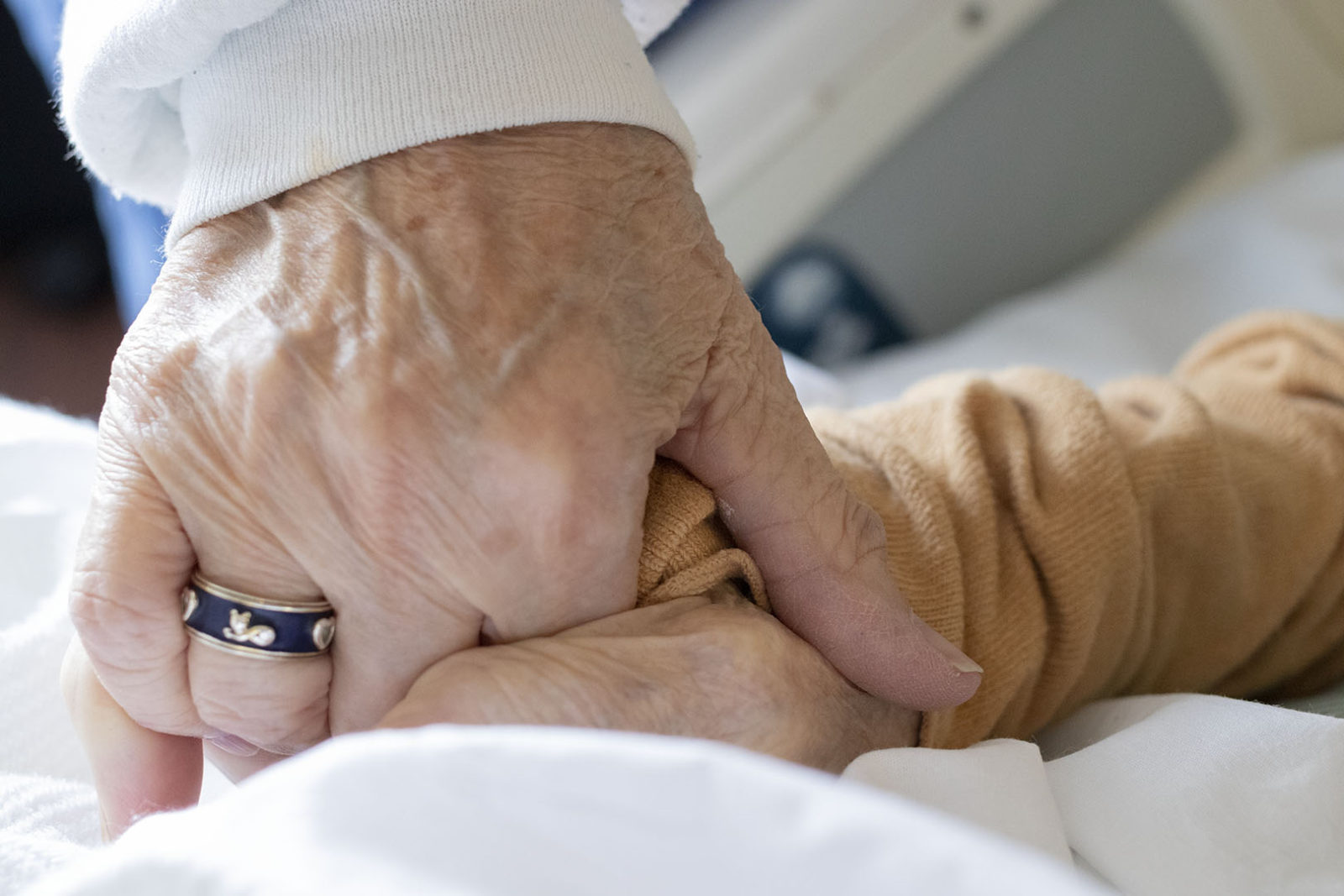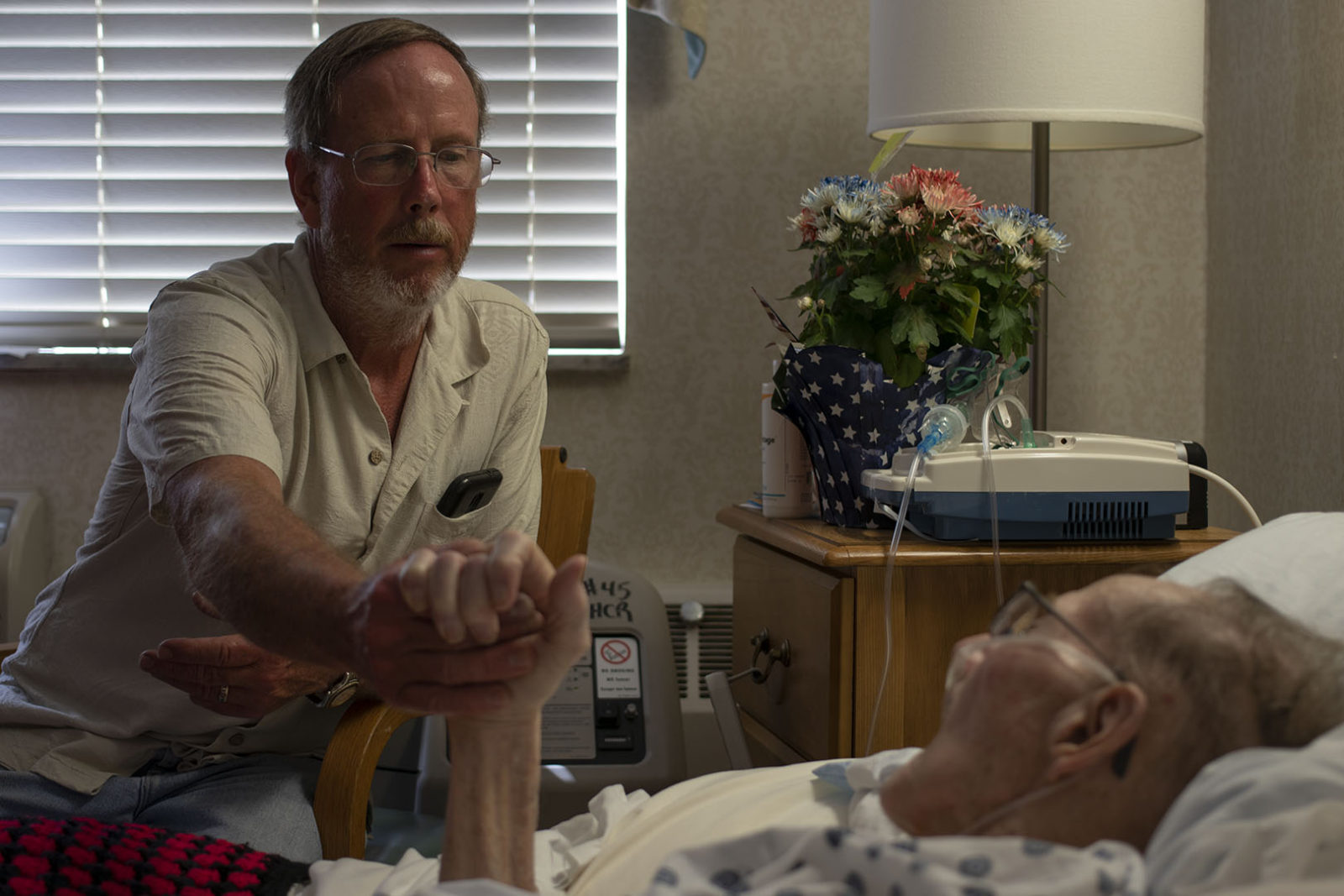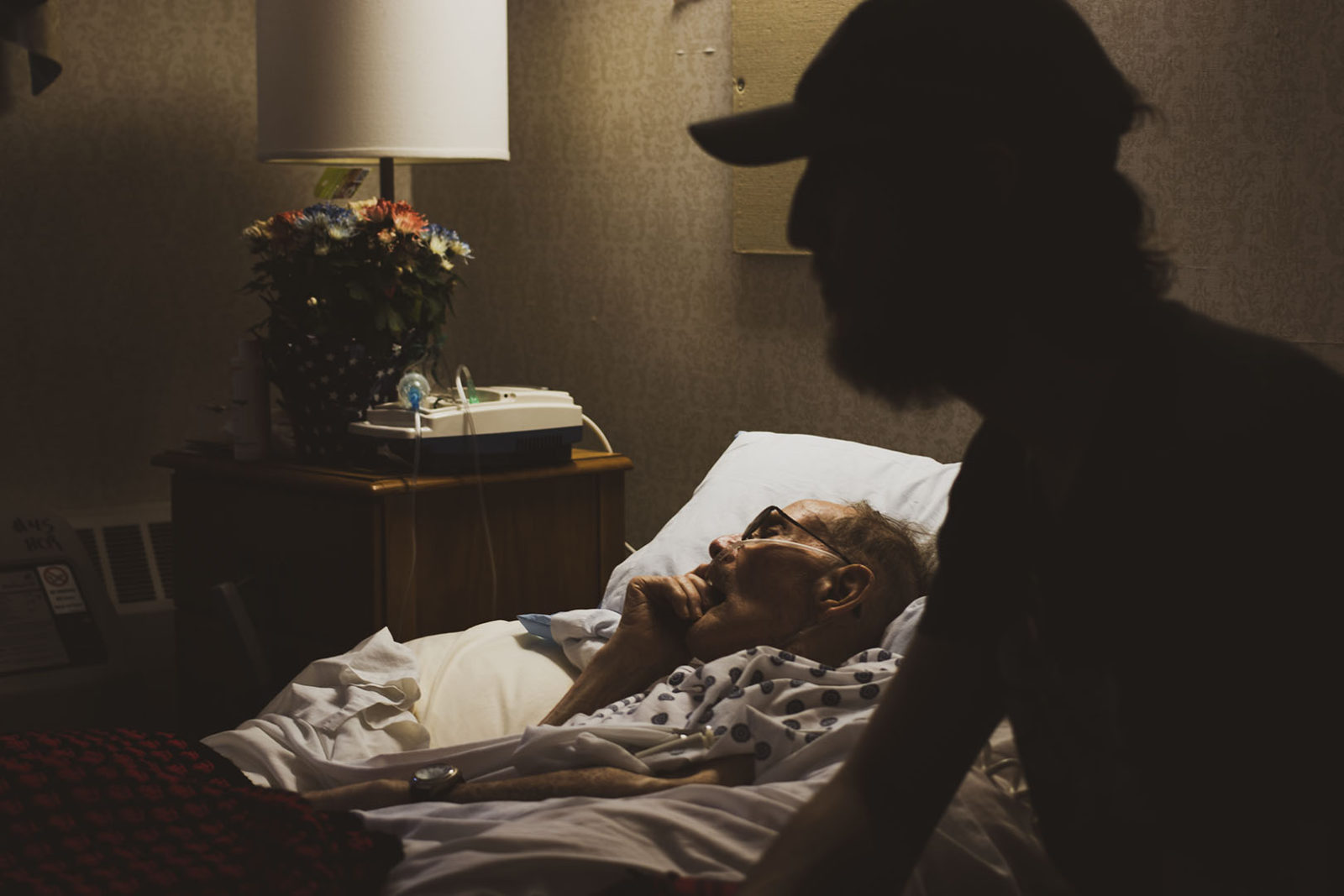2019 has been a year of change. My wife, writer Karrie Higgins and I moved from Colorado back to Iowa shortly before her father, Cliff who had been on a long, slow decline, fell on his way from the apartment to the elevator which precipitated a fast decline and a transition to hospice before he passed. Early in the year I wanted to get acquainted with the local library’s collection. I checked out a copy of the recent reprint of Annie Leibovitz’s autobiographical At Work, a document of her journey through the world of photography from an art student, early cover photographer for Rolling Stone, and her work shooting for leading fashion magazines Vanity Fair and Vogue magazine.
Leibovitz has taken every type of photograph imaginable, from personal artistic projects to advertising, complex digitally edited team-based projects and simple documentary photos as seemingly unassuming as a family snapshot. Her work has been crisp and colorful, muted and evocative, composed for inclusion of copy, foldouts, the newspaper column-inch and more.
The overwhelming majority of her work is about documenting people. Most photographers try to help their subjects relax and become comfortable – using humor, helping the subject pose. Leibovitz eschews that model, preferring to let the person be as they are in their space – to work with the subject in the representation of themselves, their world view and their reality.
I finished reading the book shortly before my father-in-law went into hospice. After his fall, we thought he might pass in the coming days, so I brought along my camera to photograph Karrie’s parents together for what we thought might be the last time.

After a week, he was admitted to physical therapy to rebuild his strength. I’d go sit with him in the evenings and he’d tell stories – the same ones, day after day. He had dementia and there were moments, decades old moments, that stuck – The cucumber crossed with a squash that grew to ginormous proportions. I’d encourage him, keep him talking and listen to whatever he had to say, sometimes apologies, sometimes editorializing on a political tidbit he’d remember, and other times anecdote, and take photos to show him and to share with family members who couldn’t be there.
I kept in mind Leibovitz’ injunction – I wasn’t there to compel a smile or to manufacture a nice photo. If we were to position the transitions in life, it’s arguable that joining the navy, getting married, becoming an electrician all pale in comparison to birth and the months thereafter and death, along with the months before. The two are met with many first times and many last times. During these moments there are no retakes, no setting the scene – you take the photo or you don’t. These moments are real and present. Documenting them is enough.
At Christmas I received a signed copy of Annie Leibovitz’s At Work from my sister in-law to add to my art, film, design and photography library. It is a welcome addition. Leibovitz has worked at the leading edge of photography since the late 60’s and she has lived through multiple transitions in photography. Her experience is important for contemporary photographers to understand. Leibovitz recognizes the continual transformation in technology and means in the process of making images, but she also understands the importance of recognizing and understanding the history of photography and to carry that tradition forward as we make decisions about new and emerging images and stories.


